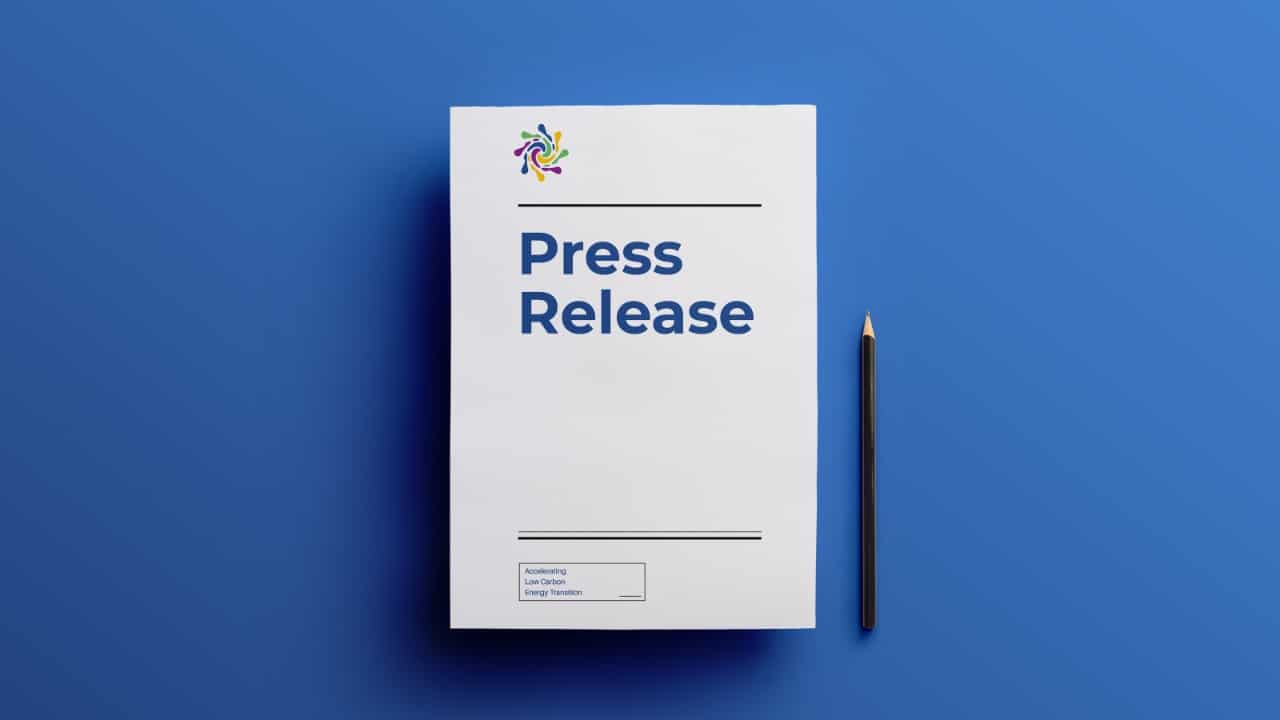Jakarta, 23 September 2021 – The Institute for Essential Services Reform (IESR) studies entitled Deep decarbonization of Indonesia’s energy system shows that biofuels and hydrogen have a role in achieving deep decarbonization of the transportation sector. The dominance of electric vehicles using electricity sourced from renewable energy will be settled in 2050 especially for passenger vehicles, while biofuel and hydrogen will be potential in the heavy ground transportation
Julius Adiatma, Clean Fuel Specialist, IESR explained that in the short term, hydrogen has the potential to be used in the industrial sector by observing the economic development of hydrogen.
“For the land transportation sector, battery-based electric vehicles are the most suitable option because their efficiency is higher than other options. The price continues to decline, as the technology also keeps improving and it’s getting faster (to achieve the target by 2050),” he said on the fourth day of Indonesia. Energy Transition Dialogue (IETD) 2021 held by the Indonesia Clean Energy Forum (ICEF) and the Institute for Essential Services Reform (IESR), Thursday (23/09/2021).
Economically, he believes that biofuels, particularly biodiesel will have a significant role in Indonesia. He considers the availability of organic sources to produce biofuels.
“Unfortunately, currently biofuels are focused on palm oil. Meanwhile, the available land is getting fewer for developing palm oil. So we have to find other ways to produce biofuels other than palm oil, for example from waste or other plants,” he explained.
Referring to the National Research and Innovation Agency (BRIN) Outlook Energy 2021, Eniya Listiani Dewi, a BRIN researcher said the development of electric vehicles by using renewable energy will effectively reduce carbon emissions.
“We ask PLN (State Electric Company) to increase the penetration of new and renewable energy. If the electric vehicle has a limited range, we will extend it by using hydrogen fuel,” said Eniya.
In her opinion, the technology for developing green hydrogen fuel with the concept of electrolysis from a combination of Solar PV or wind turbines can make it energy carries.
“Currently, an electrolysis study of the Cirata Floating Solar PV is being carried out. Next, the excess energy from the Solar PV will be recommended for processing of electrolysis of water and producing hydrogen gas, “she said.
Alloysius Joko Purwanto, Energy Economist, Economic Research Institute for ASEAN and East Asia (ERIA) explained a scenario to support the development of hydrogen in the transportation sector, one of which is the use of hydrogen produced from gas (grey hydrogen) to create markets and build infrastructure that needed and subsequently switch to green hydrogen which is produced using renewable energy.
As part of the principle development of green hydrogen in Indonesia, he explained that it is also necessary to look closely at the market niche for hydrogen-fueled transportation.
“Hydrogen may be suitable for long-range vehicles or heavy equipment vehicles, such as commercial vehicles or busses. Then it must be adjusted to the area where renewable energy for electricity is sufficient,” concluded Joko.

